6 Tiny V6s Found In Production Cars
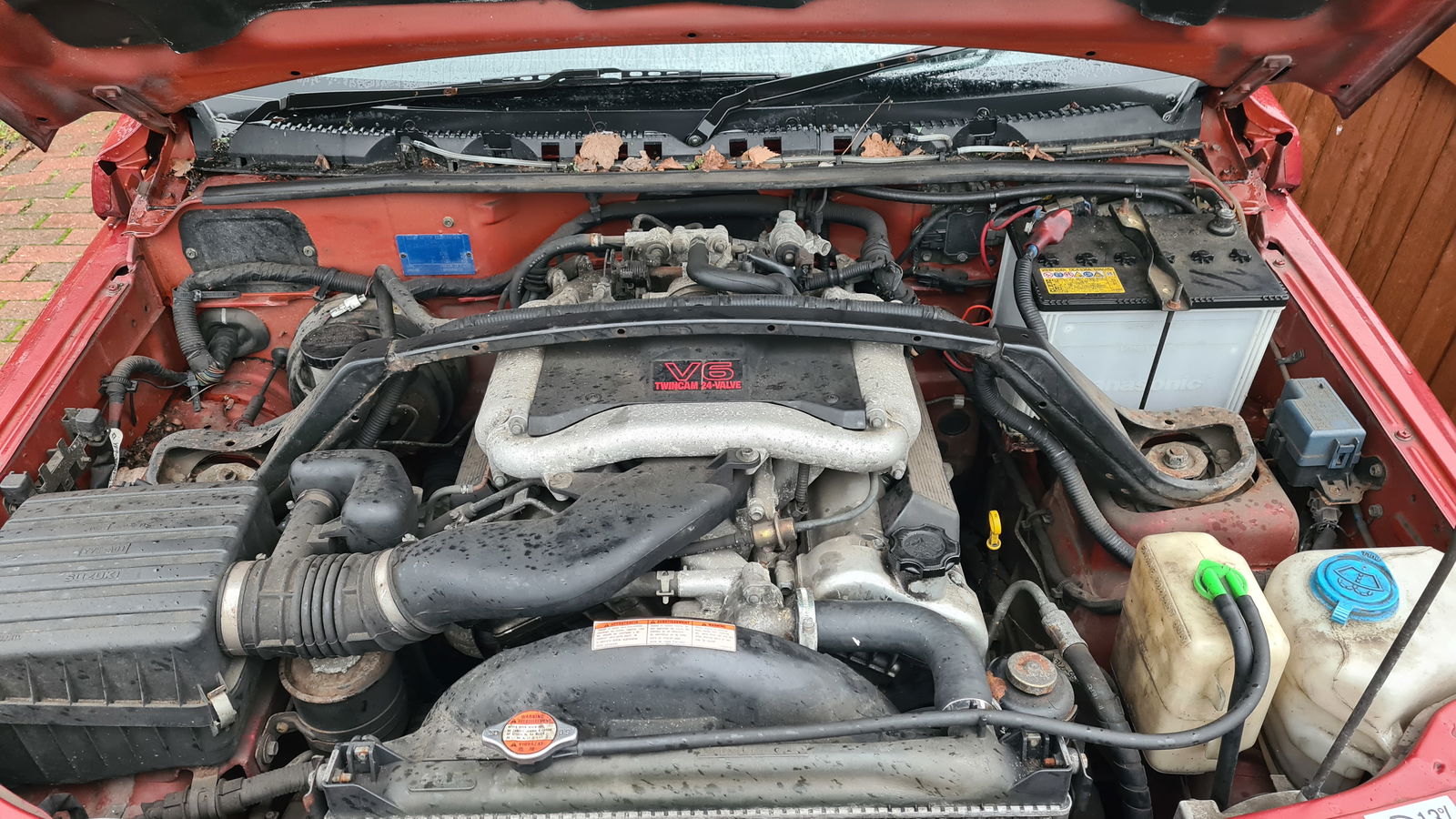
The latest in a long line of sheds bought by the Car Throttle YouTube team is a 1996 Suzuki Vitara. We’re willing to overlook its shocking rust issues and filthy interior for one big reason: it’s packing a V6.
Yep, the first-generation Vitara really was available with a V6, albeit a little one: the H20A displaces just 1998cc. It’s far from the only dinky production V6 out there, though, as we’ll now prove.
Alfa Romeo Busso (2.0)
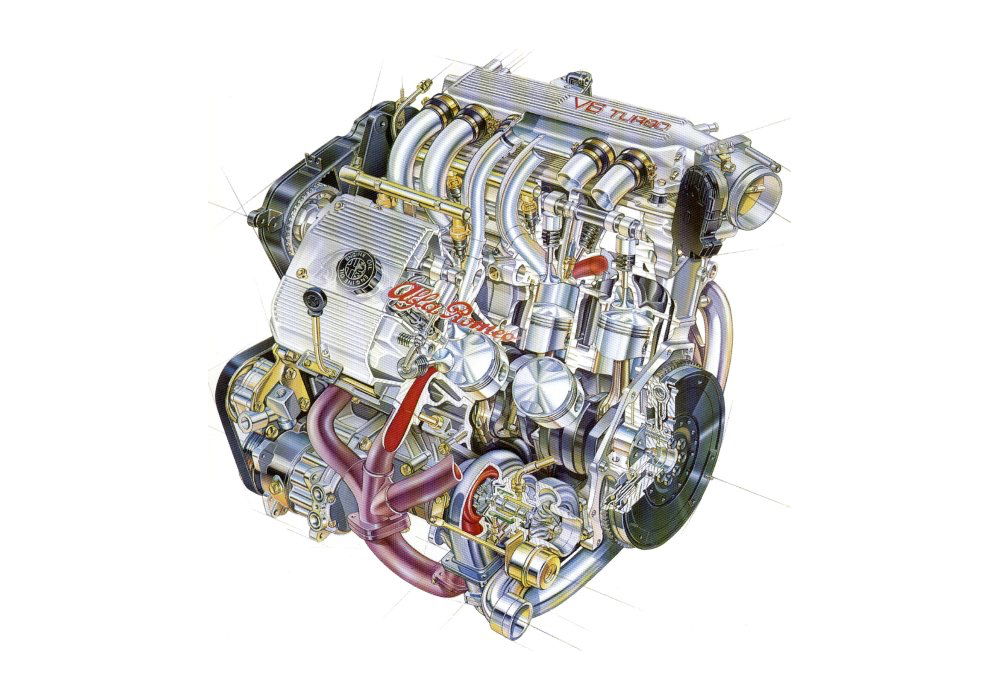
The last of the magnificent Alfa Romeo V6s to roll off the production line in Arese just days after the death of designer Giuseppe Busso were 24-valve, 3.2-litre monsters. Back in the early days of the engine, though, there were some much smaller versions kicking around.
The 6 and the 90 both used a carburetted 2.0-litre 12-valve V6 producing a modest 132bhp. A little later, cars like the GTV and 164 were available in the Italian market with 2.0-litre turbocharged V6s to get around displacement-based Italian tax laws.
Mazda K8 (1.8)
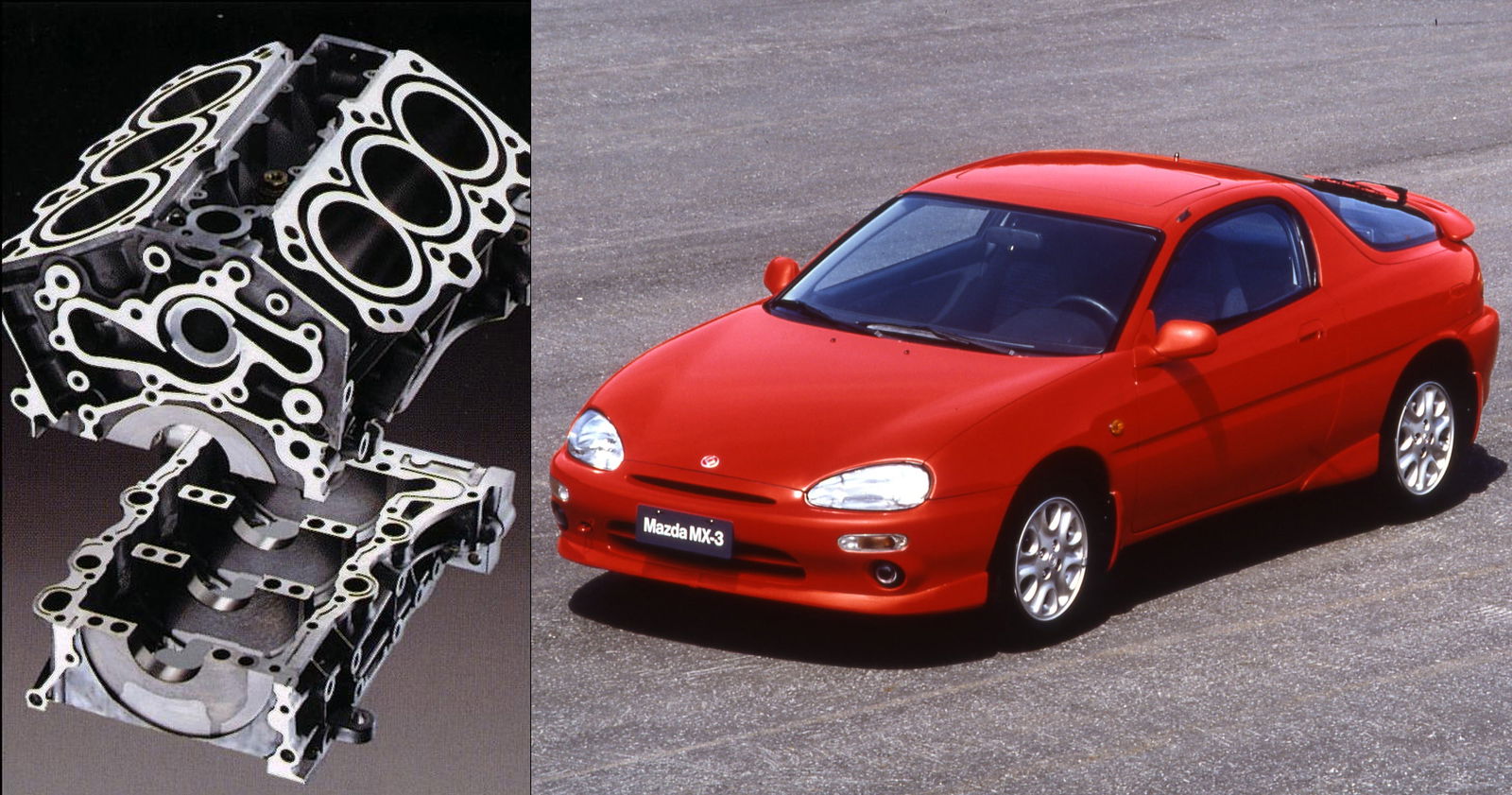
Although produced in a multitude of sizes including a hilariously over-engineered 2.25 using the Miller cycle, the Mazda K engine we want to talk about today is the 1845cc ‘K8’. The belt-driven, aluminium block engine produced 128bhp and was only used for the MX-3 coupe plus the Japanese market Eunos 500 (known as the Xedos 6 elsewhere). The JDM version was about 10bhp more powerful.
We should probably talk a little more about the engine that inspired this list. The Suzuki H engine is related to Mazda’s K engine, sharing the same bore and stroke, but differs in many ways including the use of a timing chain instead of a belt. Plus, they were all installed longitudinally, in contrast to the exclusively transverse K.
Along with the 1998cc, 140bhp ‘H20A’ version, which was only used for the Vitara, there were also ‘H25A’ 2.5 and ‘H27A’ 2.7-litre derivatives with four valves per cylinder. Later in its life, the 27 gained variable valve timing.
Jaguar AJ-V6 (2.1)
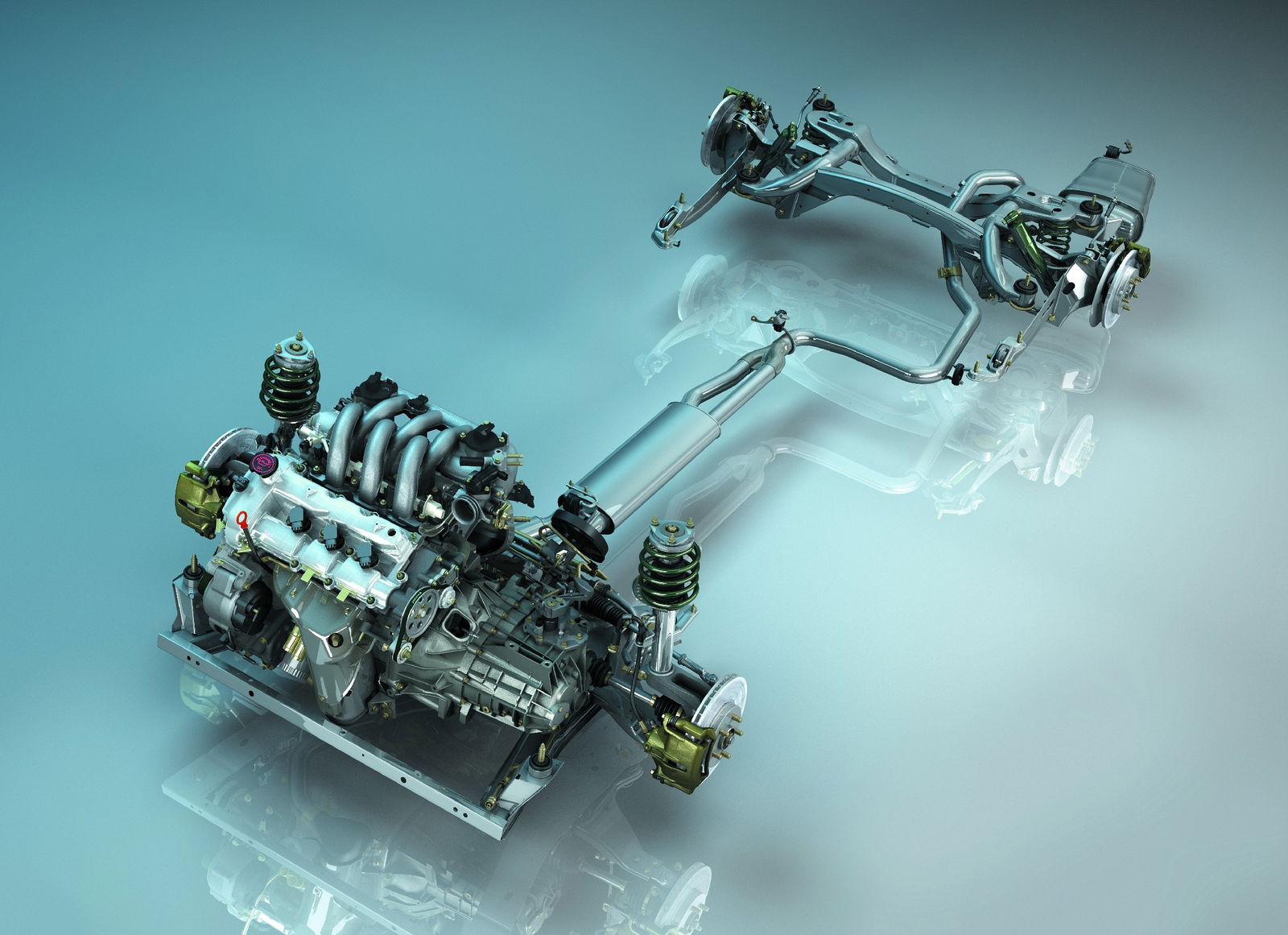
Although based on the partly Porsche-developed Ford Duratec V6, Jaguar‘s AJ-V6 has a few tricks up its sleeve. The main one is variable valve timing, which makes them ripe for engine swaps as seen with Rocketeer’s Mazda MX-5 transplant kit. Another way it deviates is displacement - Jaguar’s version was available in 2.1-litre form.
It may have been referred to by Jag as a 2.0-litre, but that’s a little misleading - the displacement figure for the 155bhp V6 is 2099cc. The engine was only used in the X-Type, giving a lower-priced entry point to the range without resorting to a less refined petrol inline-four, which would have been pretty unthinkable for a premium car at the time. Ironic, given that the car’s modern successor, the XE, is only available with a four-pot under the hood.
Mitsubishi 6A10
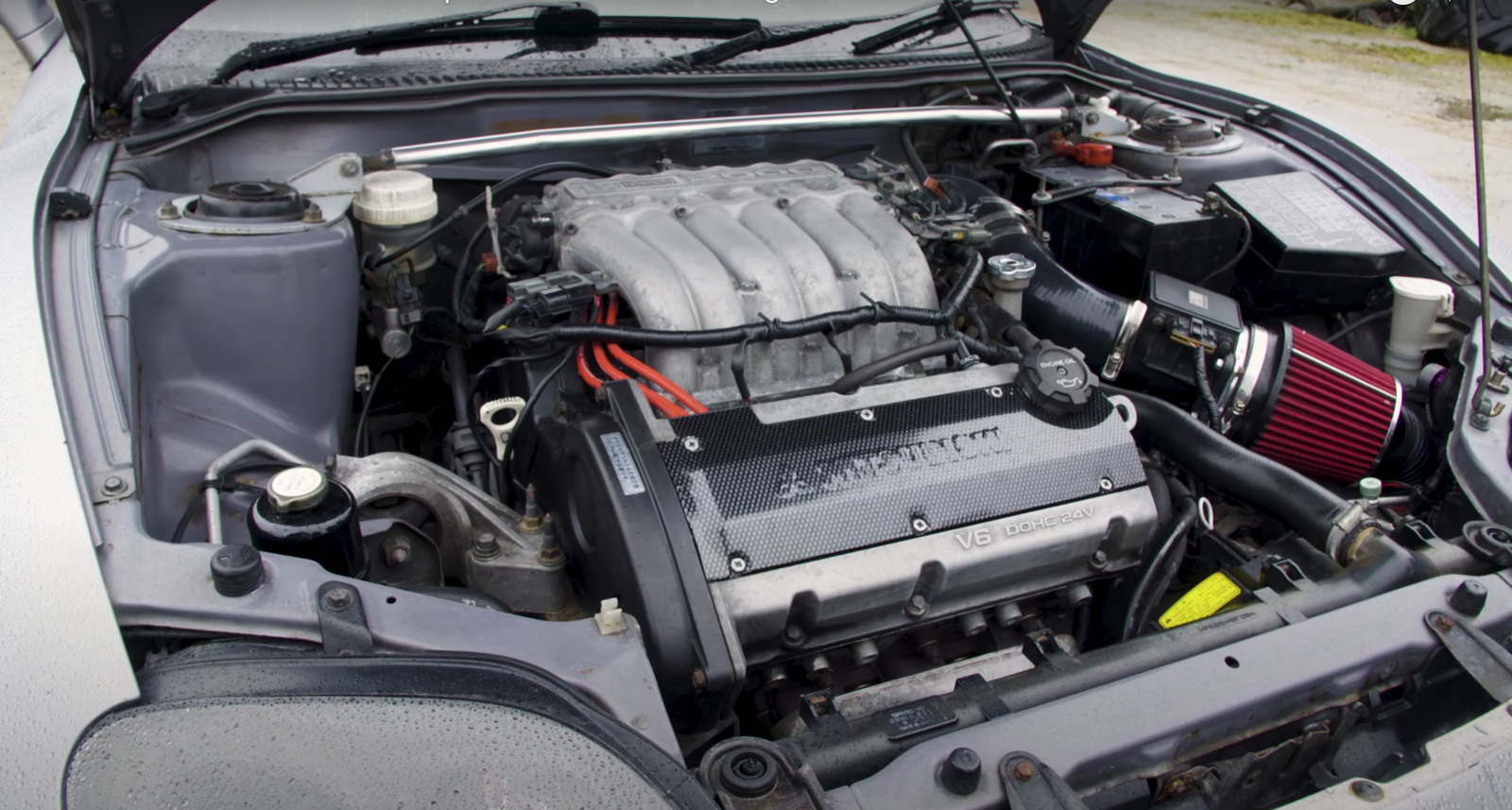
The breadth of 6A1 V6s built by Mitsubishi over the years is astonishing. At the top end there’s the 3.0-litre twin-turbo monster giving the Gallant VR-4 over 300bhp, while at the other end of the scale, there’s an engine producing less than half that figure.
The 6A10, another diddly engine designed around tax rules (in this instance for Japan) displaces just 1597cc and produces 136bhp at 7000rpm. The engine, which is the smallest production V6 ever made, was an option for the fourth-generation Lancer/Mirage. Those cars could also be specced with the slightly larger 1829cc 6A11 V6, and there was also the 2.0-litre 6A12 (pictured above) used for the FTO and others.
Mercedes-Benz PU106C (1.6)
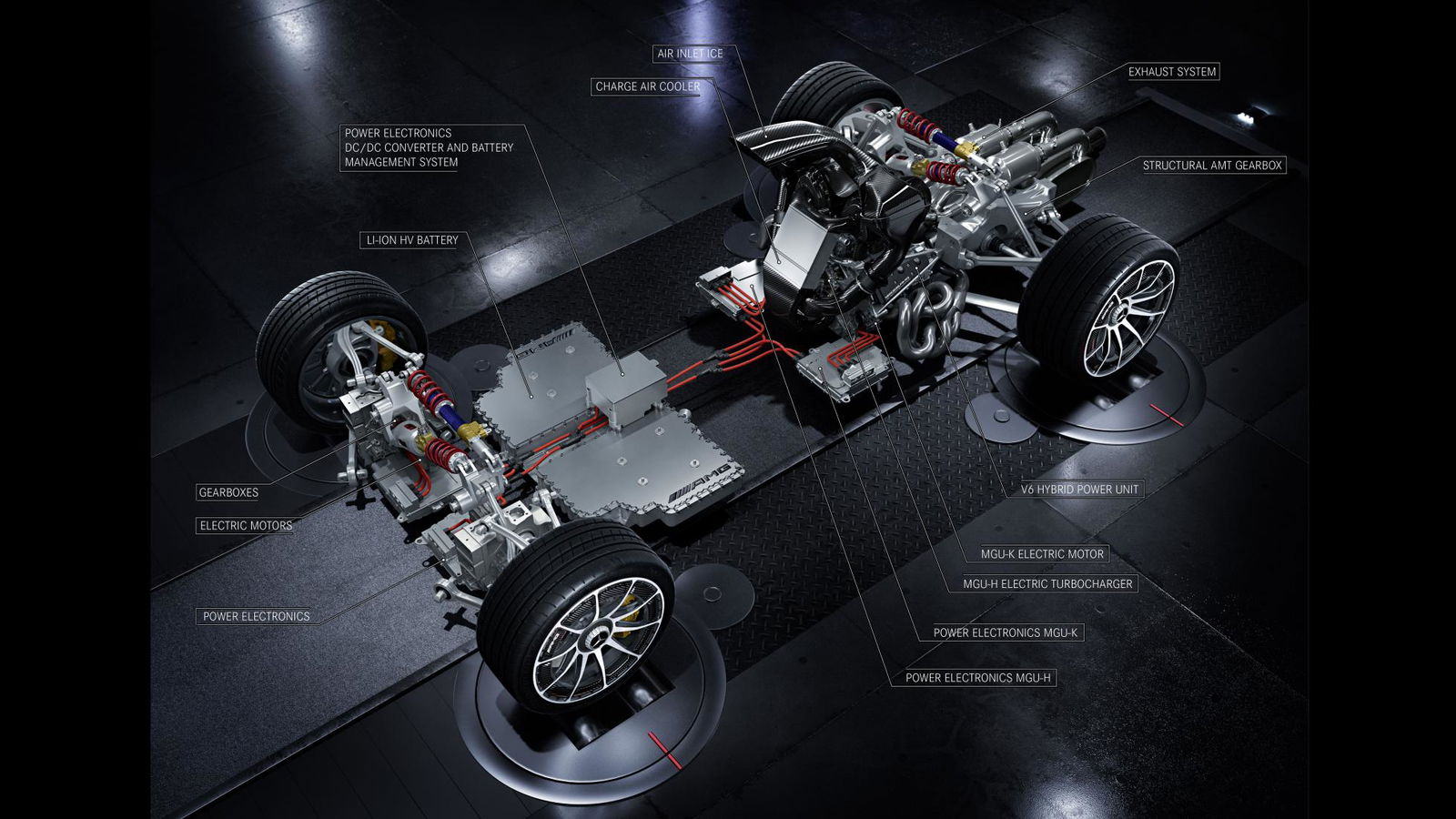
Thanks to the Mercedes-AMG One (formerly Project One), we’re able to shoehorn an F1 V6 on here. Admittedly, the rules are being fudged slightly. It’s not a projection engine just yet, with the hypercar it’s due to power beset by delays.
Funnily enough, getting an F1 engine to work as a reliable, emissions-compliant road car engine isn’t easy. One problem is the idle speed, which is normally 5000rpm. Fine for F1, less ideal for a road car. It’s been dropped to 1250rpm, with that snafu alone costing the AMG One team nine months. The redline, meanwhile, has fallen from 15,000 to 11,000rpm.
It’ll also need to be rebuilt every 31,000 miles, but given the sort of miles these cars will be clocking, and the resources of the target audience, that’s not such an issue. On its own, the 1.6-litre unit is good for around 750bhp, with a hybrid system bringing the total output to just over 1000bhp.
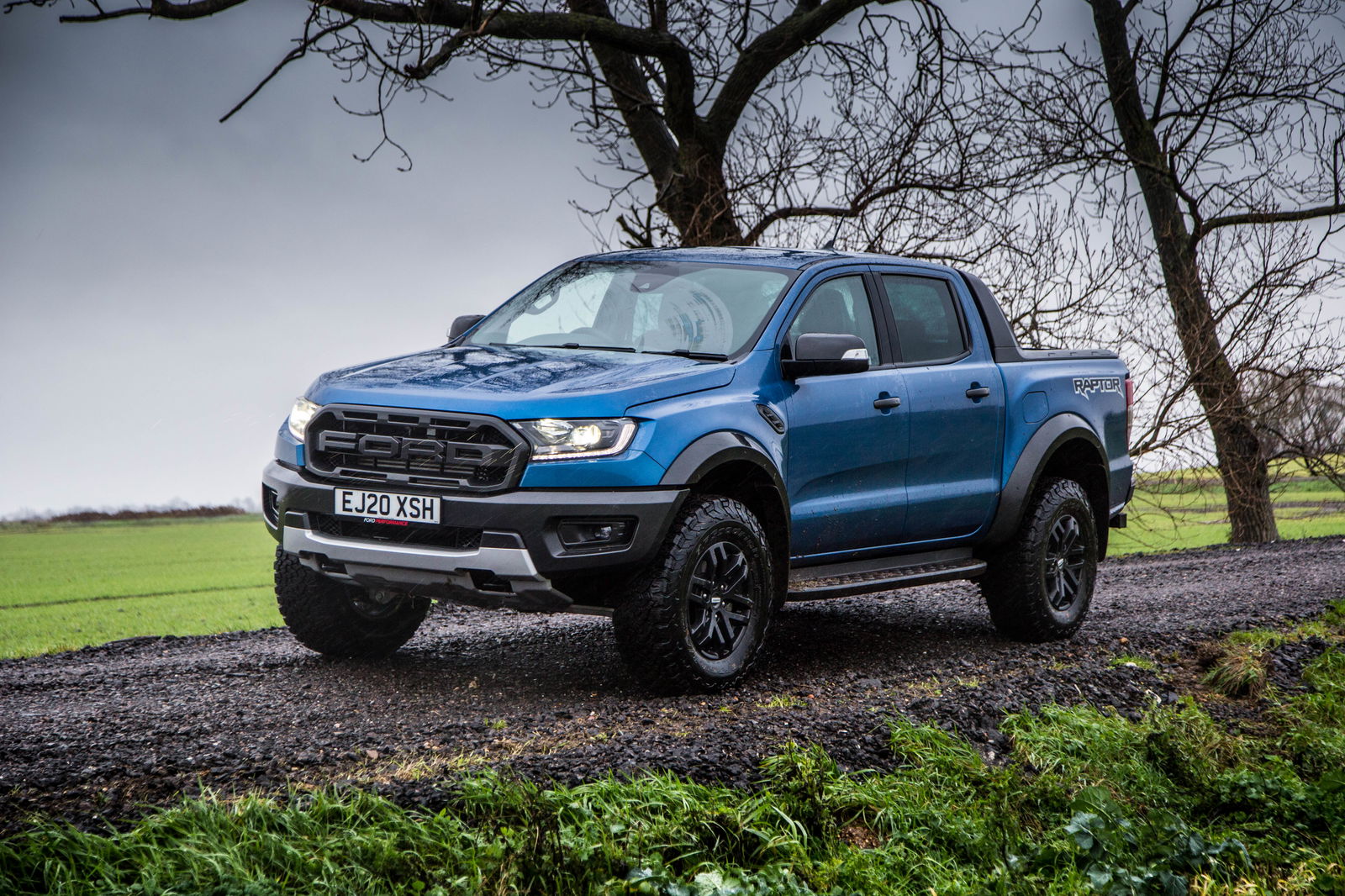
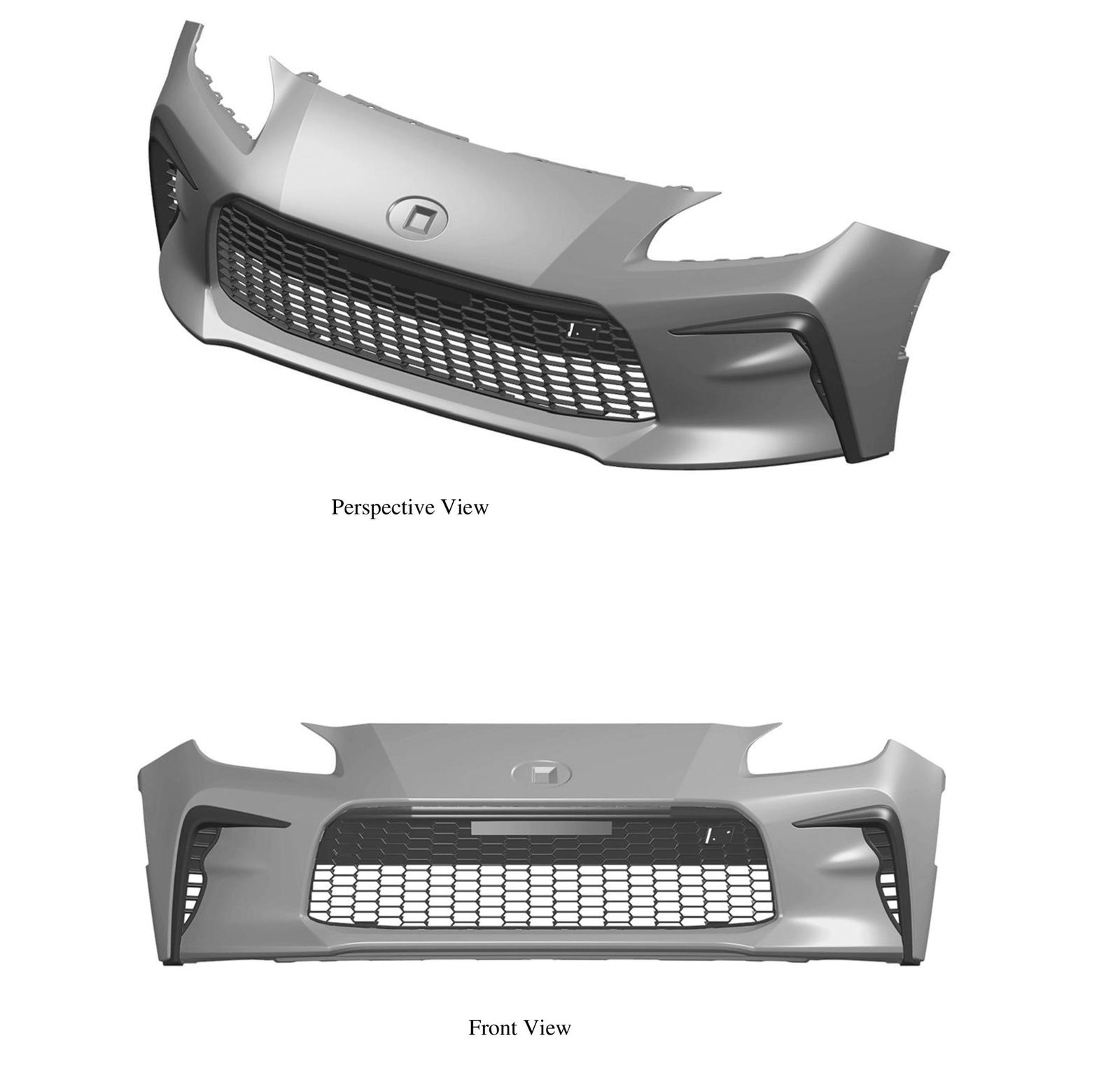

Comments
So to confirm (just so NOBODY is in doubt), the V6 in Phil is Porsche derived.
Okay, cool…bye